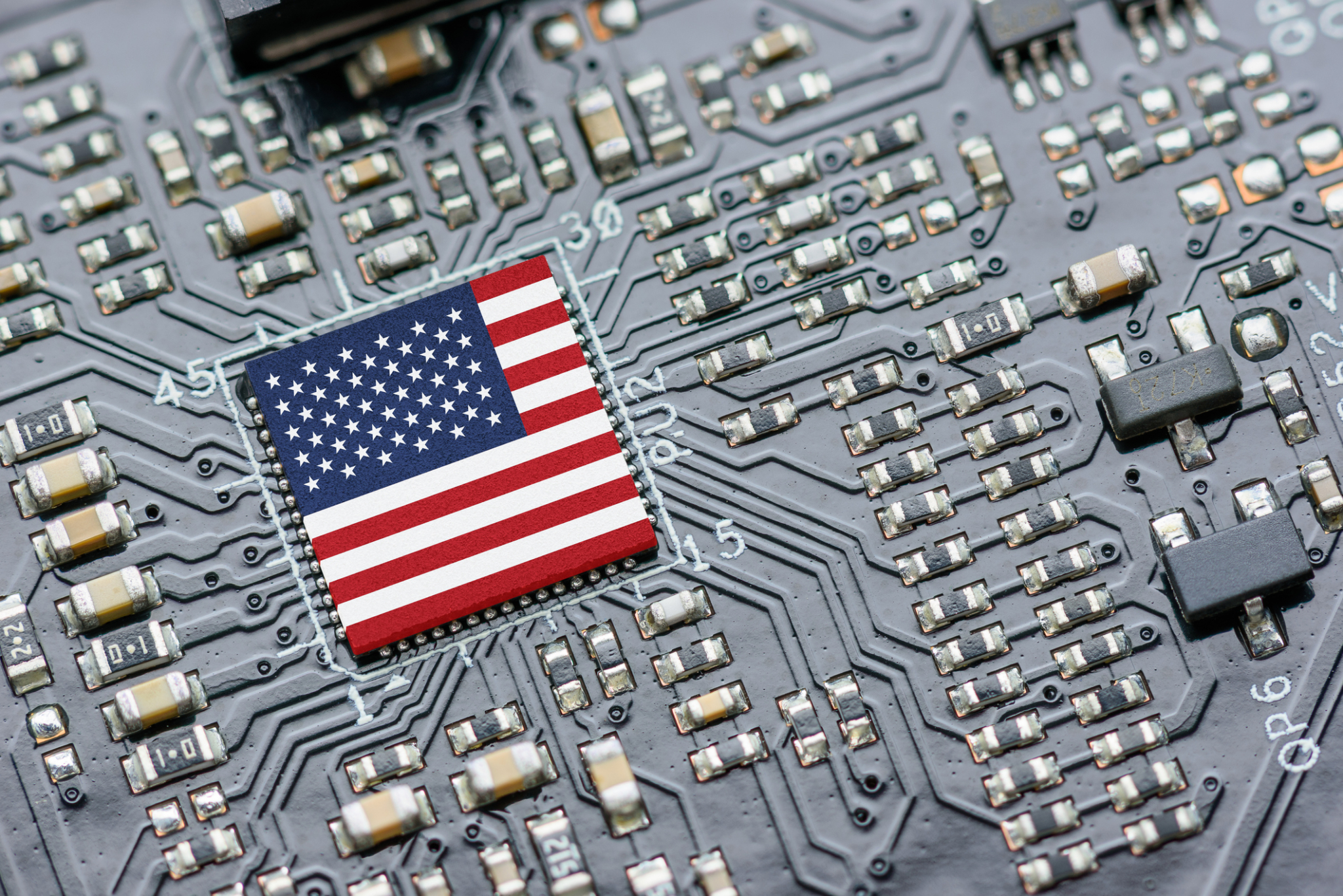
Appearing before a key Senate committee, the Commerce Secretary documented progress in implementing the CHIPS and Science Act while predicting a bright future for U.S. semiconductor manufacturing.
Commerce Secretary Gina Raimondo outlined her agency’s progress in implementing the CHIPS and Science Act before the Senate Commerce Committee on Wednesday, laying out the work that has been done so far in advancing the law’s directives and outlining some of the efforts that are yet to come.
Through the CHIPS Act, the National Institute of Standards and Technology at the Commerce Department oversees $50 billion of funding to “to revitalize the semiconductor industry,” $39 billion of which is allocated toward semiconductor production incentives, while $11 billion is set to be spent on research and development.
The funding provided by the CHIPS Act aims to incentivize companies to build semiconductor facilities in the United States, part of a larger effort to strengthen critical supply chains while positioning the U.S. to compete with China, which is aiming to dominate the industry. Just 12% of the world’s semiconductors are made in the United States, and the reliance on imports has contributed to shortages in recent years, most notably one following the COVID-19 pandemic.
During her testimony, Raimondo avowed her belief in both the CHIPS Act and American manufacturing in meeting semiconductor demand.
“When we’re successful, the United States will become the premier destination in the world, where new chip architecture can be invented in our resource labs, designed for applications, manufactured at scale by well-trained, well-paid American workers, and packaged in the United States,” Raimondo said.
The application process for CHIPS Act funding has seen high levels of engagement from American manufacturers, Raimondo said. Since opening the application process in February, the Commerce Department has received “over 500 statements of interest from 42 states from manufacturers large and small” and “over 100 applications,” Raimondo testified.
This interest not only included manufacturers interested in making the chips themselves, but others that proposed manufacturing equipment or other materials in chip manufacturing here instead of abroad.
Responding to a question by Sen. Gary Peters (D-Mich.) on potential future cross-industry research and development for mature chips, Raimondo affirmed an investment of $10 billion into ensuring the supply chain for “mature and current node chips.” Later in her response, she further committed to publishing a Notice for Funding Opportunity for R&D at the beginning of next year.
In addition to cross-industry R&D, Raimondo further recognized the necessity to create pathways for R&D in the future to coordinate with the manufacturing side of chips. “We’re also developing our CHIPS R&D program to meet the unique challenges of building a sustained R&D to manufacturing pipeline,” she testified.
Raimondo also received questions on job creation and training around the CHIPS Act. Sen. Amy Klobuchar (D-Minn.) noted that to fully realize the potential of the CHIPS Act, American companies will need to employ 100,000 new semiconductor technicians and 140,000 other positions in the trade.
Raimondo said there is a wide berth of educational opportunities for workers attempting to enter the field, ranging from high school education to community college programs, and other training in higher education.
Along with her testimony on the CHIPS Act, Raimondo responded to a range of questions from Senators on everything from TikTok to export controls. You can watch the full hearing here.
